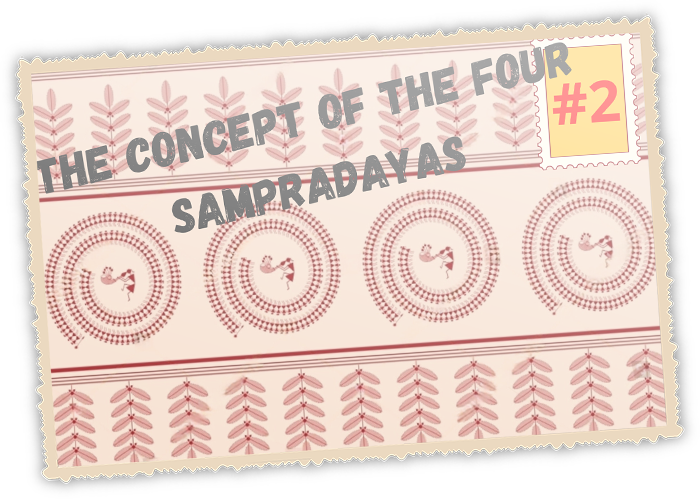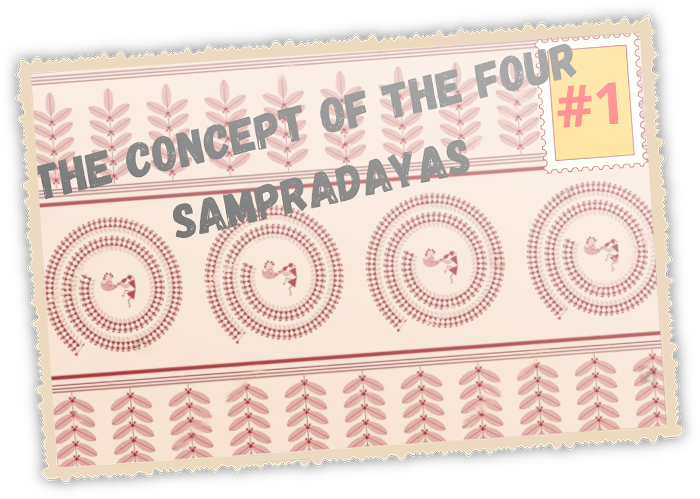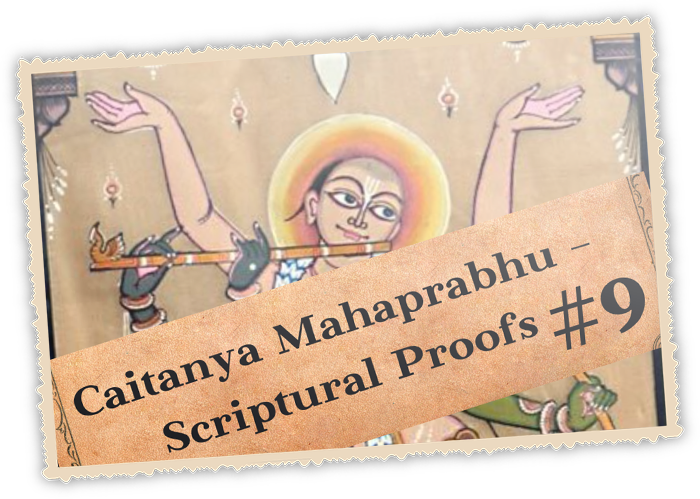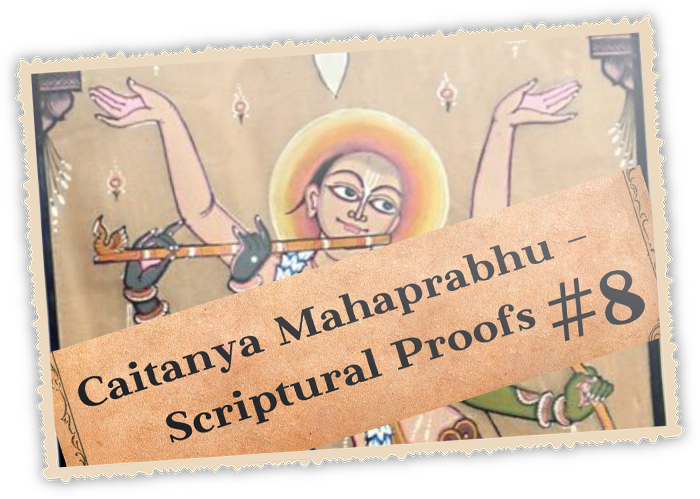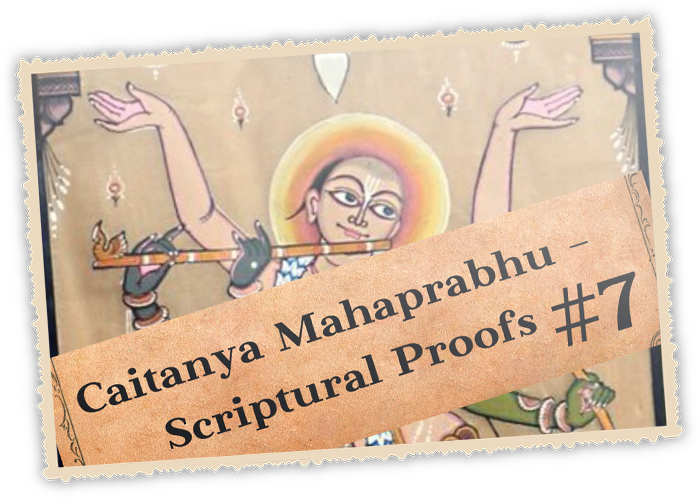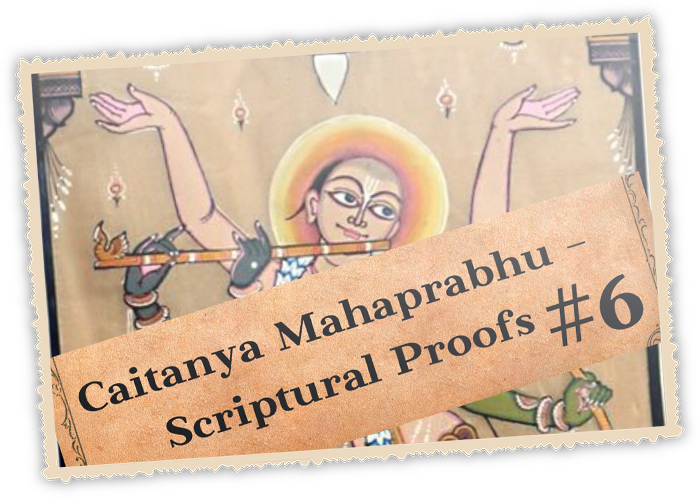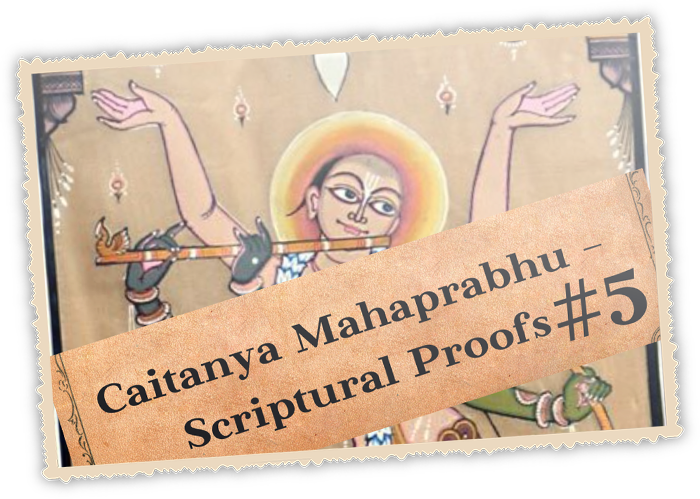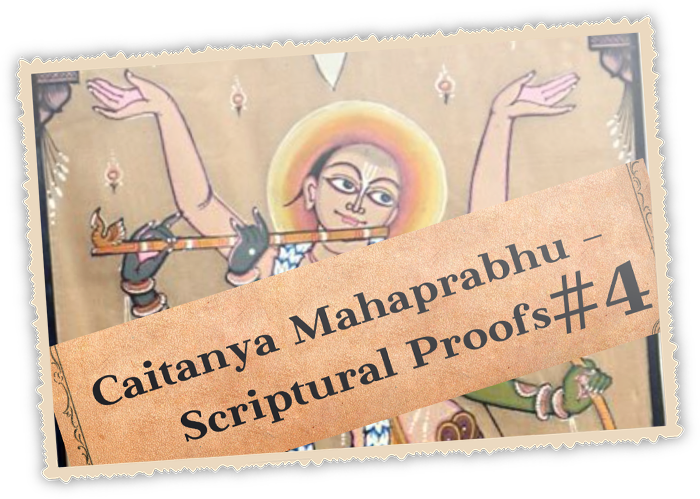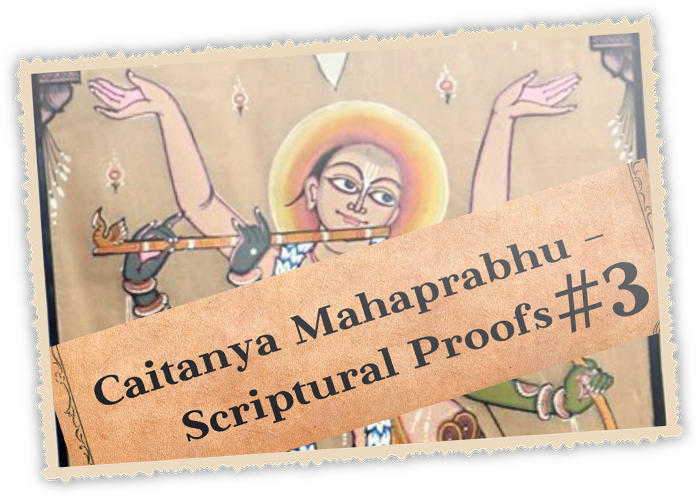-
The Concept of the “Four Vaishnava Sampradayas” — its Origin, Meaning, and Inconsistency. #2
Who was originally part of the concept of the four Vaiṣṇava sampradāyas and which school was not in it? What was the status of Caitanya’s school in this concept?
-
The Concept of the “Four Vaishnava Sampradayas” — its Origin, Meaning, and Inconsistency. #1
In Northern India, the idea that there are Four true Vaishnava Sampradayas is prevalent among the Vaishnava schools. About disciplic successions of the Caitanya’s school
-
On the glorification of Prabhupada and ISKCON by some Madhva svamins from Udupi
There are videos of Vishvesha Tirtha glorifying Prabhupada and saying that Caitanya's teachings and Madhva's teachings are the same.
-
Caitanya Mahaprabhu — Scriptural Proofs of His Avatarahood and Divinity. Part 9
Prediction of Caitanya from Ādi-purāṇa and Bṛhan-nāradiya-purāṇa. From the passage we see that it was composed no earlier than the nineteenth and twentieth centuries
-
Caitanya Mahaprabhu — Scriptural Proofs of His Avatarahood and Divinity. Part 8
Does Śrīmad Bhāgavatam 11.5.32 really speak of avatāras and kali-yuga-avatāra? Does the Purāṇa predict appearance of Caitanya? The image of Caitanya was formed within a hundred years of
-
Caitanya Mahaprabhu — Scriptural Proofs of His Avatarahood and Divinity. Part 7
Viśvanātha states that the words channaḥ kalau (“hidden in Kali”) in the Bhāgavata-purāṇa imply Caitanya. From Prabhupāda's point of view, channaḥ kalau is Caitanya's
-
Caitanya Mahaprabhu — Scriptural Proofs of His Avatarahood and Divinity. Part 6
In dealing with the Nārada-pañcarātra, one should keep in mind three different treatises denoted as Nārada-pañcarātra. One is not a treatise, but quotations composed presumably before the sixteenth century
-
Caitanya Mahaprabhu — Scriptural Proofs of His Avatarahood and Divinity. Part 5
Any preacher or person can claim to be this deity — whoever likes. The words apply to Caitanya as much as to any other god or person. Taking words out of context and interpreting them in their own favour
-
Caitanya Mahaprabhu — Scriptural Proofs of His Avatarahood and Divinity. Part 4
Nārāyaṇa Mahārāja created his translation from phrases and ideas that do not exist in the stanza. Why are these words considered to be a proofs for Caitanya’s divinity and a prediction of his descent to earth? The passage was not mentioned by Rūpa
-
Caitanya Mahaprabhu — Scriptural Proofs of His Avatarahood and Divinity. Part 3
All that has been said about the Caitanya-upaniṣad applies equally to the Gopāla-tāpanī-upaniṣad, the Kṛṣṇa-upaniṣad and the Puruṣa-bodhini-upaniṣad (Puruṣa-bodhini-śruti), passages from which Caitanya's followers quote as prophecies.

